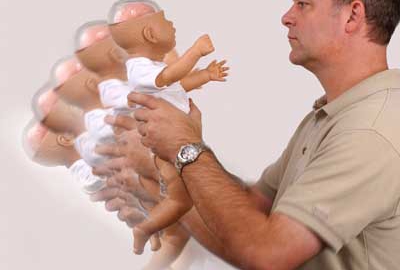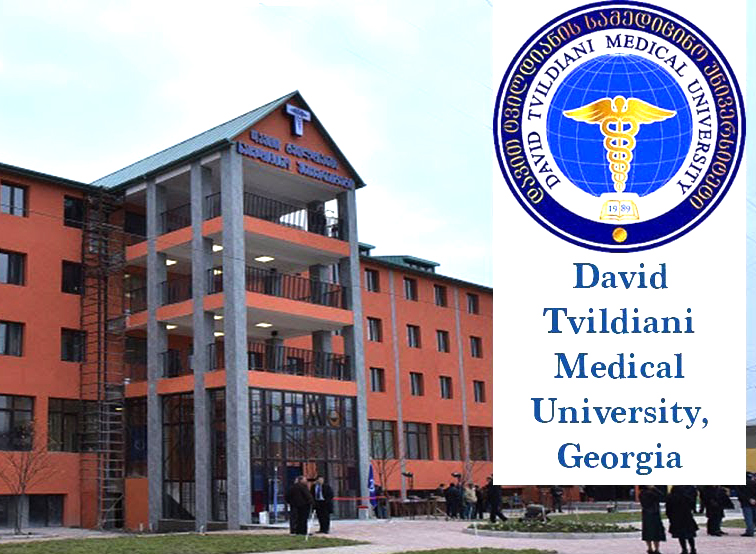Disorders of consciousness are medical conditions that inhibit consciousness. Some define disorders of consciousness as any change from complete self-awareness to inhibited or absent self-awareness.This category generally includes minimally conscious state and persistent vegetative state, but sometimes also includes the less severe locked-in syndrome and more severe chronic coma. Differential diagnosis of these disorders is an active area of biomedical research. Finally, brain death results in an irreversible disruption of consciousness. While other conditions may cause a moderate deterioration (e.g., dementia and delirium) or transient interruption (e.g., grand mal and petit mal seizures) of consciousness, they are not included in this category.
Among children with brain injury, disorders of consciousness (coma, vegetative state, and minimally conscious state) are relatively rare but highly disabling. Given the relatively small numbers of children with disorders of consciousness, clinical and research endeavors focused on improved understanding and treatment of these conditions will be greatly aided by a forum for sharing expertise and developing collaborations across institutions. This symposium will highlight research from three institutions on evaluation, treatment, and outcome in children with disorders of consciousness after brain injury.
A number of scales used to evaluate children with low responsiveness will be discussed, including the Western NeuroSensory Stimulation Profile, the Coma/Near Coma Scale, the Coma Recovery Scale-Revised, the WeeFIM, and the Cognitive and Linguistic Scale. Imaging data associated with recovery versus persistance of disorder of consciousness will be presented. The results of two randomized, double-blind trials of dopamine-agonist medications for improving responsiveness will be discussed. Ample time will be reserved for discussion among the presenters and audience with the goals of sharing current practice across institutions and networking between centers for future collaboration on multi-site research in this population.









